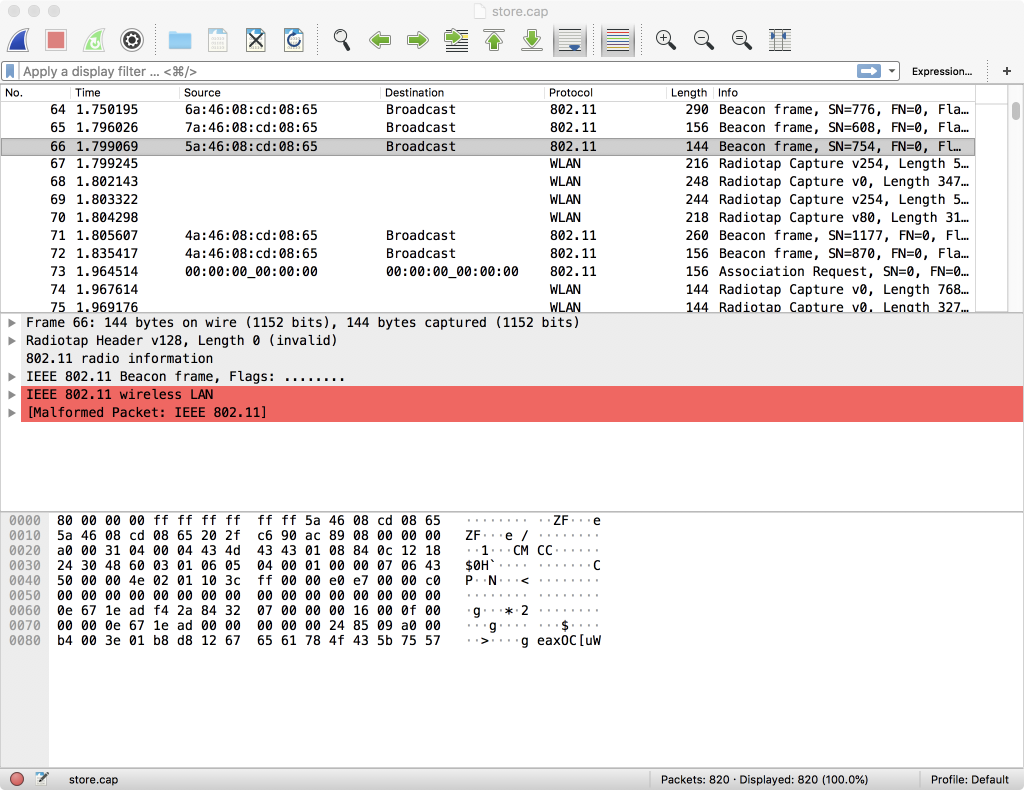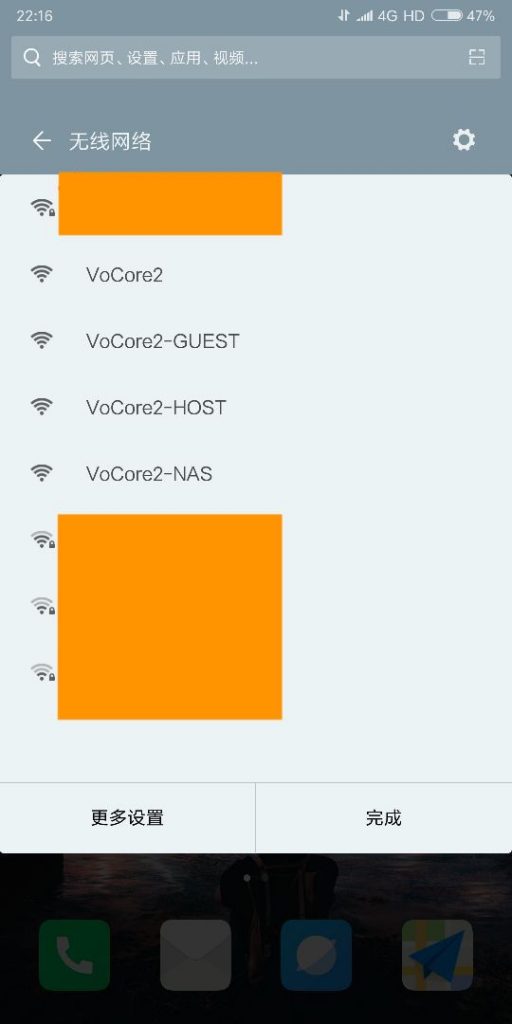Just find some instruction to use the mt7628 driver by iwpriv, this still need work to make it work with uci system, but at least if you are using latest vocore2 wifi driver, you can start adhoc mode by iwpriv. 🙂
a> Config STA to link with AP which is OPEN/NONE(Authentication/Encryption)
1. iwpriv ra0 set NetworkType=Infra
2. iwpriv ra0 set AuthMode=OPEN
3. iwpriv ra0 set EncrypType=NONE
4. iwpriv ra0 set SSID=”AP’s SSID”
b> Config STA to link with AP which is SHARED/WEP(Authentication/Encryption)
1. iwpriv ra0 set NetworkType=Infra
2. iwpriv ra0 set AuthMode=SHARED
3. iwpriv ra0 set EncrypType=WEP
4. iwpriv ra0 set DefaultKeyID=1
5. iwpriv ra0 set Key1=”AP’s wep key”
6. iwpriv ra0 set SSID=”AP’s SSID”
c> Config STA to link with AP which is WPAPSK/TKIP(Authentication/Encryption)
1. iwpriv ra0 set NetworkType=Infra
2. iwpriv ra0 set AuthMode=WPAPSK
3. iwpriv ra0 set EncrypType=TKIP
4. iwpriv ra0 set SSID=”AP’s SSID”
5. iwpriv ra0 set WPAPSK=”AP’s wpa-preshared key”
6. iwpriv ra0 set SSID=”AP’s SSID”
d> Config STA to link with AP which is WPAPSK/AES(Authentication/Encryption)
1. iwpriv ra0 set NetworkType=Infra
2. iwpriv ra0 set AuthMode=WPAPSK
3. iwpriv ra0 set EncrypType=AES
4. iwpriv ra0 set SSID=”AP’s SSID”
5. iwpriv ra0 set WPAPSK=”AP’s wpa-preshared key”
6. iwpriv ra0 set SSID=”AP’s SSID”
e> Config STA to link with AP which is WPA2PSK/TKIP(Authentication/Encryption)
1. iwpriv ra0 set NetworkType=Infra
2. iwpriv ra0 set AuthMode=WPA2PSK
3. iwpriv ra0 set EncrypType=TKIP
4. iwpriv ra0 set SSID=”AP’s SSID”
5. iwpriv ra0 set WPAPSK=12345678
6. iwpriv ra0 set SSID=”AP’s SSID”
f> Config STA to create/link as adhoc mode, which is OPEN/NONE(Authentication/Encryption)
1. iwpriv ra0 set NetworkType=Adhoc
2. iwpriv ra0 set AuthMode=OPEN
3. iwpriv ra0 set EncrypType=NONE
4. iwpriv ra0 set SSID=”Adhoc’s SSID”
g> Config STA to create/link as adhoc mode, which is WPANONE/TKIP(Authentication/Encryption)
1. iwpriv ra0 set NetworkType=Adhoc
2. iwpriv ra0 set AuthMode=WPANONE
3. iwpriv ra0 set EncrypType=TKIP
4. iwpriv ra0 set SSID=”AP’s SSID”
5. iwpriv ra0 set WPAPSK=12345678
6. iwpriv ra0 set SSID=”AP’s SSID”

